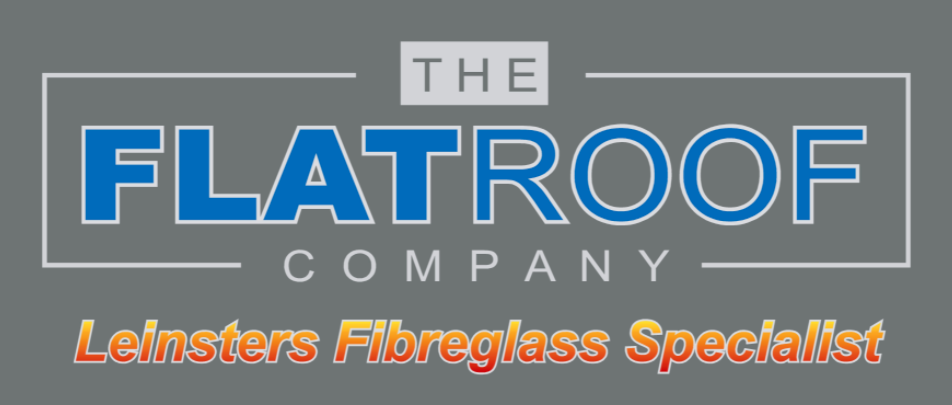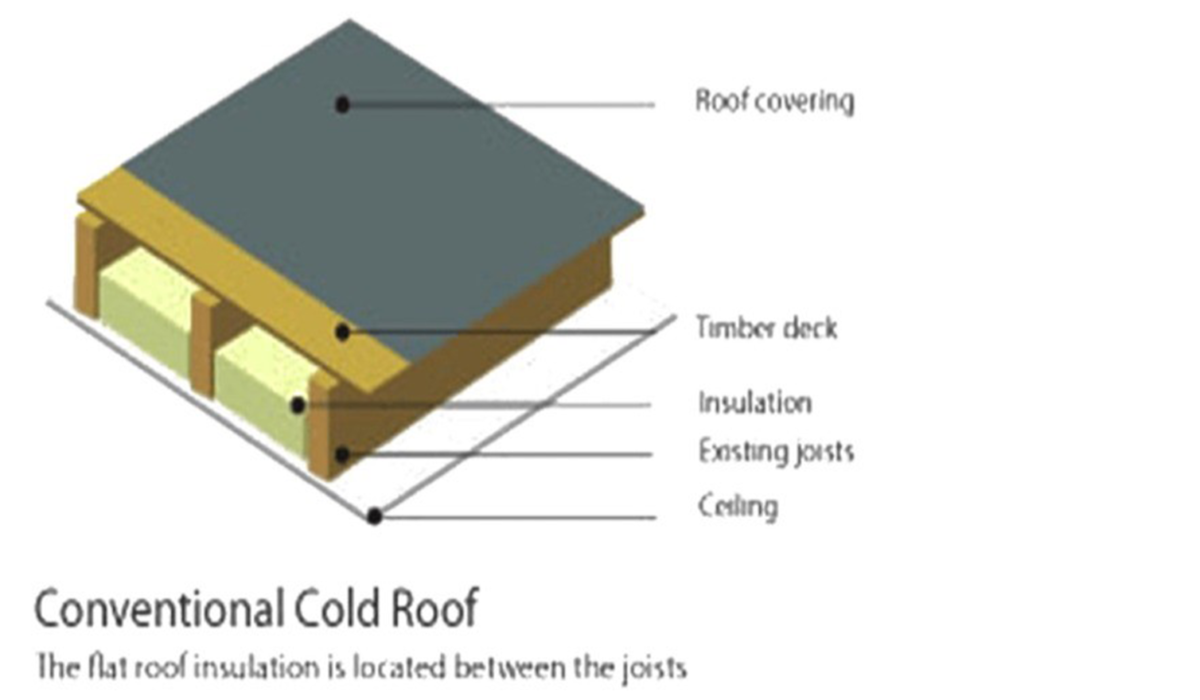A cold roof, also known as an unvented roof, is a roofing system in which insulation is placed directly over the roof deck without any air gap between the roof deck and the insulation. This system is designed to provide superior energy efficiency and comfort in both hot and cold climates. Cold roofs can be found in both commercial and residential properties and have become increasingly popular in recent years due to the many benefits they offer.
What is a Cold Roof?
A cold roof is a roofing system that does not use ventilation, meaning that there is no air gap between the roof deck and the insulation. Instead, insulation is placed directly over the roof deck, providing superior energy efficiency and comfort. Cold roofs are typically found in commercial and residential properties and are becoming more popular due to their energy efficiency and comfort. Cold roofs are designed to reduce the amount of heat that escapes from the building in the winter and reduce the amount of heat that enters the building in the summer.
Benefits of a Cold Roof
The main benefit of a cold roof is the improved energy efficiency it provides. By eliminating the air gap between the roof deck and the insulation, the cold roof reduces the amount of heat that escapes from the building in the winter and reduces the amount of heat that enters the building in the summer. This means that the building will remain more comfortable throughout the year and that energy bills will be lower. Additionally, cold roofs are much easier to install than traditional roofs, which can reduce installation costs and the amount of time required for installation.
Another benefit of a cold roof is that it can help to prevent moisture from entering the building. By eliminating the air gap, the cold roof prevents warm, moist air from entering the building, which can cause condensation, mould, and mildew.
What Materials are Used in Cold Roofs?
When it comes to cold roofs, the most common materials used are those that are highly reflective. This includes materials such as metal, white-painted surfaces, and even reflective paints. In order for a material to be considered reflective, it must be able to reflect more than 80% of the sun’s heat energy. Additionally, cold roofs should also feature a layer of insulation and air gaps, which help to further reduce the amount of heat that can pass through the roof.
Why Should You Consider Installing a Cold Roof?
Installing a cold roof can be a great way to save money on energy bills and reduce your carbon footprint. Additionally, it can help to keep the interior of the home cooler and more comfortable during the summer months. Cold roofs also help to reduce the risk of condensation and mould growth, which can be a common problem in homes with traditional roofs. If you’re looking for a way to save money on energy costs and improve the comfort of your home, then a cold roof may be the perfect solution.
Conclusion
A cold roof is a great way to reduce energy bills, improve the thermal comfort of the occupants, and even reduce the risk of condensation and mould growth. Cold roofs are typically made of highly reflective materials, such as metal or white-painted surfaces, and feature air gaps and insulation to further reduce the amount of heat that can pass through the roof. Installing a cold roof can be a great way to save money on energy bills and reduce your carbon footprint. If you’re looking for a way to improve the comfort of your home, then a cold roof may be the perfect solution.

